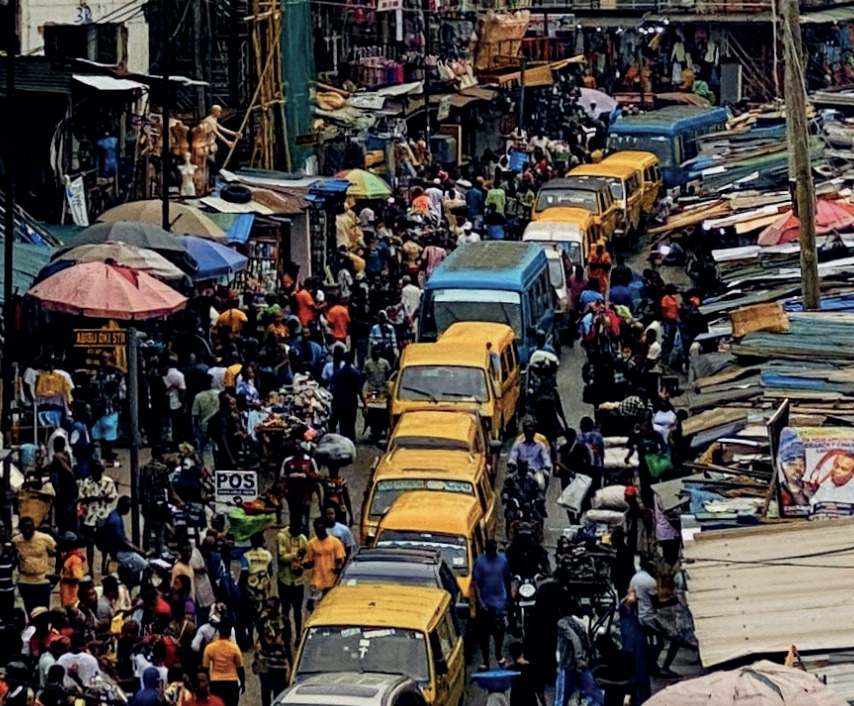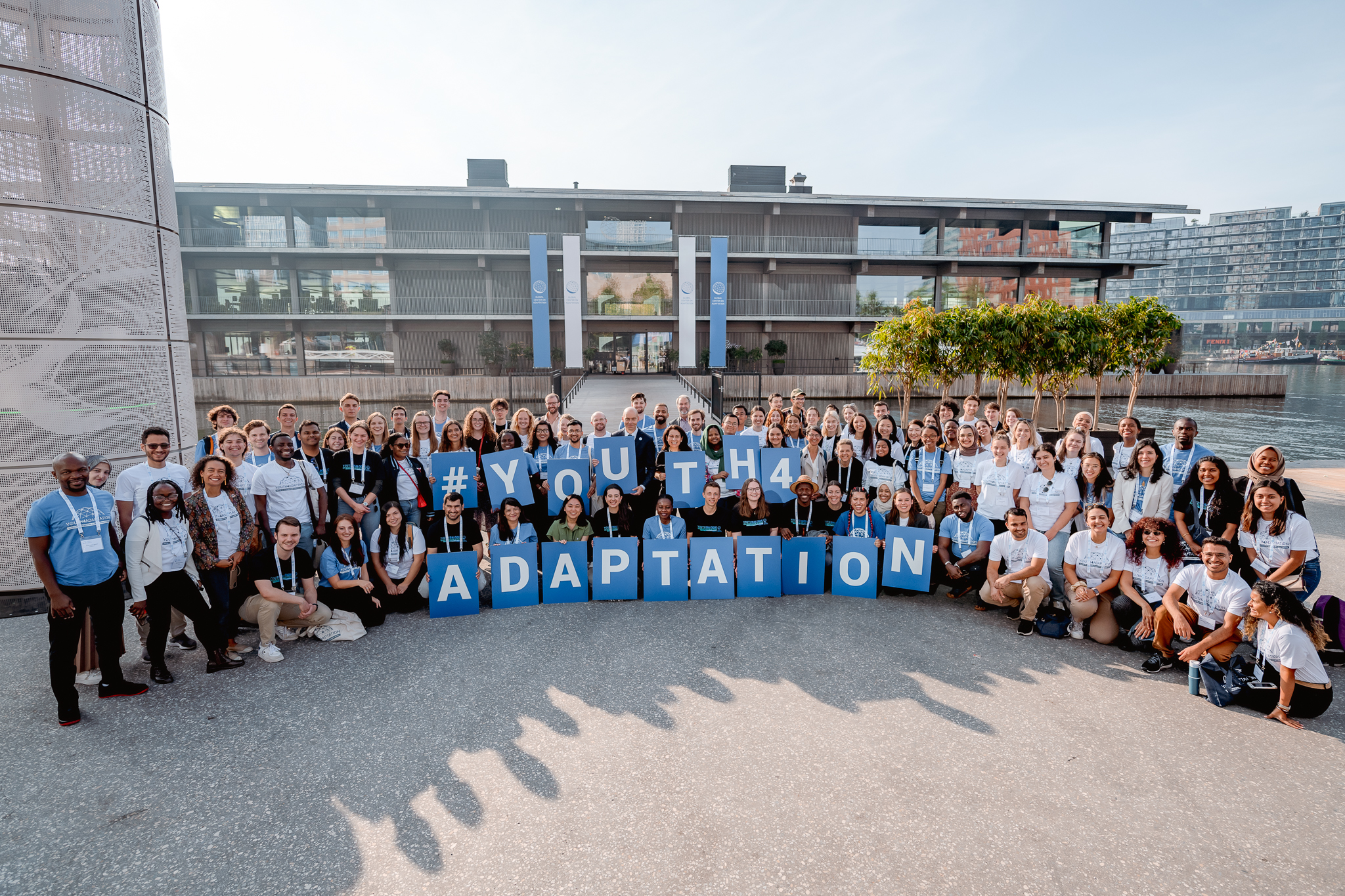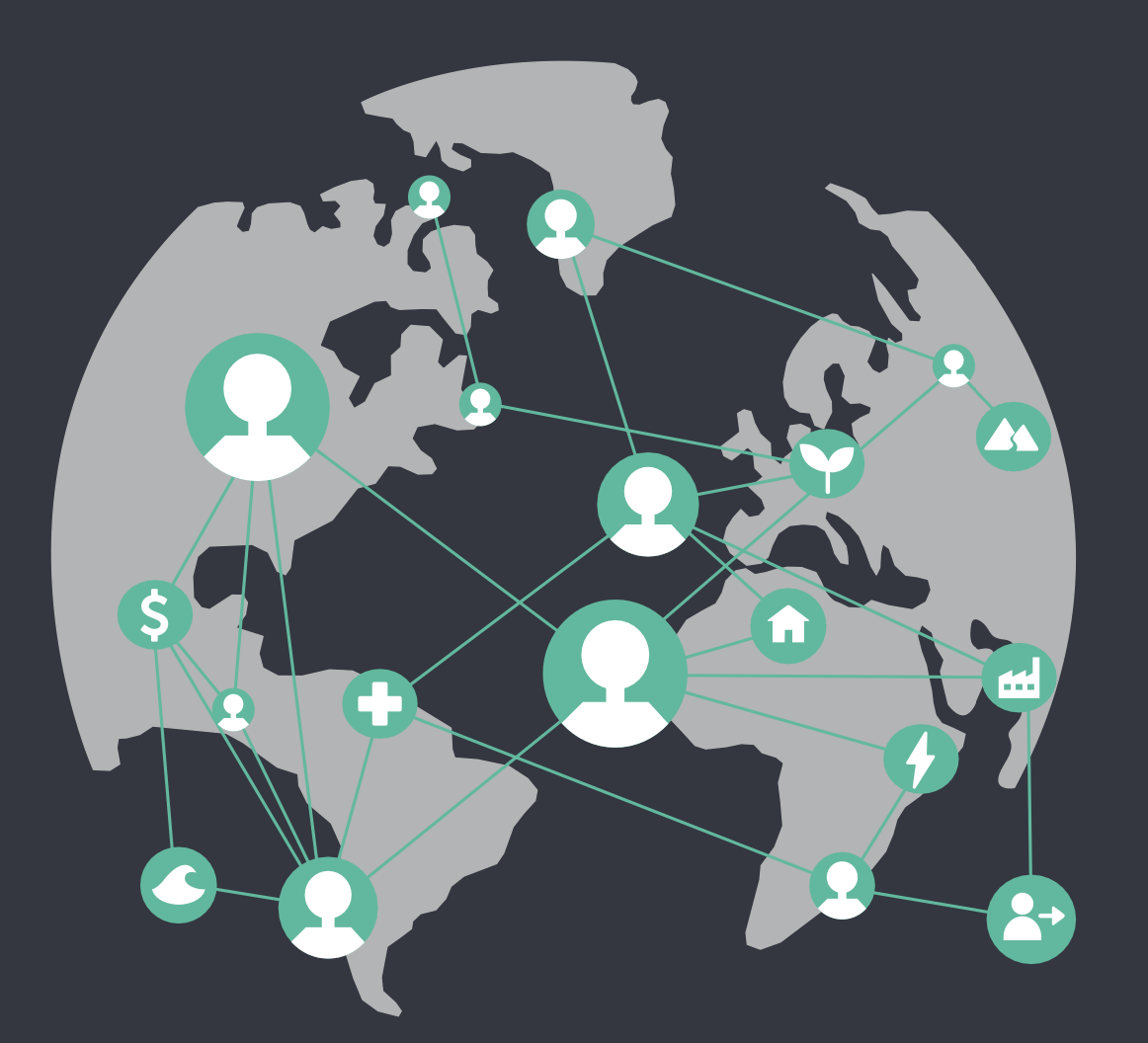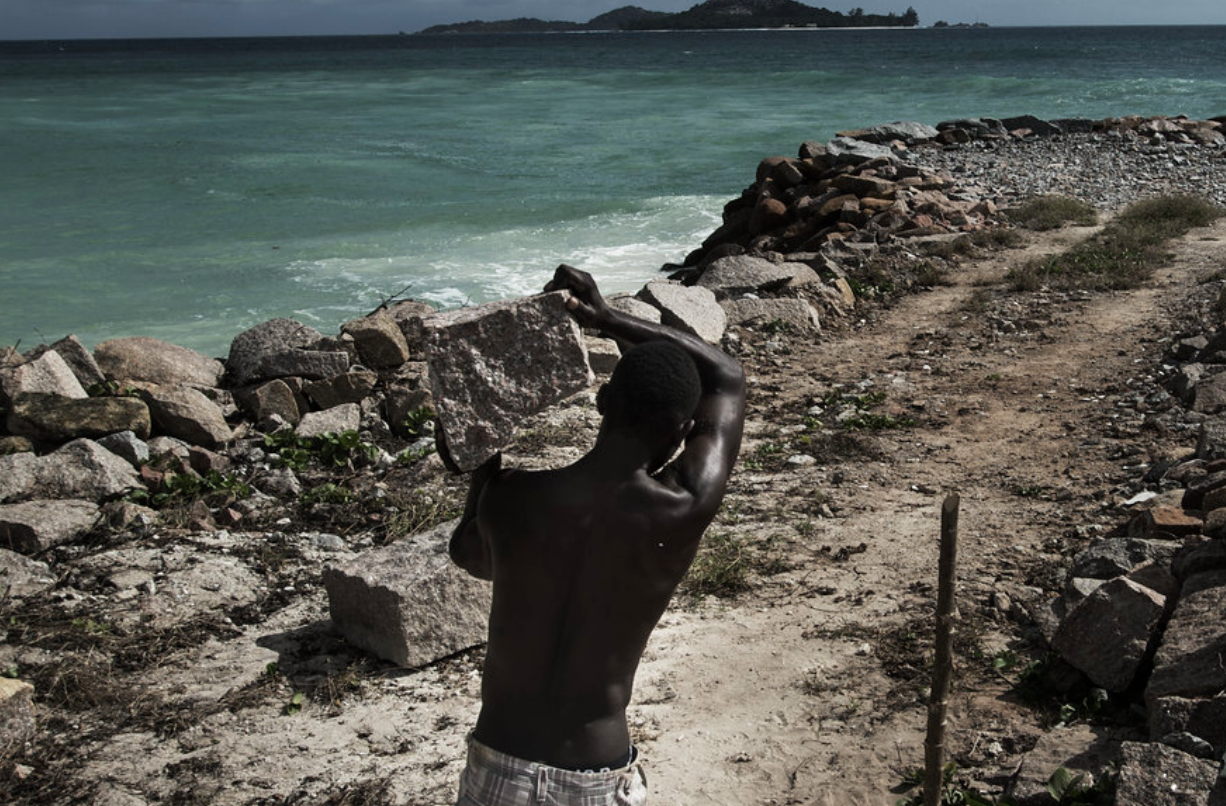Global adaptation
Developing guidance on managing transboundary climate risks in adaptation and sectoral planning
Explore how we can move from prototype to fully operational (and widely deployed) guidance on mainstreaming TCARs within policy and practice in this concept note. It sets out several key considerations for developing credible and salient guidance on TCAR risk management in support of NAPs, regional adaptation planning and other climate policy planning processes.
Assessing transboundary climate risks under the UNFCCC Global Stocktake
What are the scientific, technical, political and procedural barriers to including transboundary climate risks in the UNFCCC Global Stocktake? This brief seeks to redress the "transboundary gap" in the next Global Stocktake and emphasise the need for international cooperation for climate action.
Entry points for integrating transboundary climate risks in the global goal on adaptation
Explore entry points for integrating transboundary climate risks in the global goal on adaptation framework in this Adaptation Without Borders discussion brief. The analysis considers a range of options, taking into account the stages of the adaptation cycle and themes to be covered by the framework.
Climate hazards aren’t restricted by borders – African countries have taken a big step to address this
Learn about how Africa is tackling transboundary climate risks through the 'Roadmap for African Resilience' in this short blog post.
Youth Engagement with the Global Goal on Adaptation
Explore what young people think about the Global Goal on Adaptation in this report by the Global Center on Adaptation. It provides an insight into a series of worldwide youth consultations on adaptation, and discusses the role of the youth in the international climate adaptation agenda.
The Global Transboundary Climate Risk Report
Discover new evidence on ten transboundary climate risks of global importance that affect critical sectors and regions: from water resources in high mountain environments, to fish stocks in the open ocean, industrial supply chains, and energy and global finance systems, as well as human health, livelihoods, mobility patterns, and physical and mental well-being.
How the “Adaptation COP” serves to build systemic resilience will determine its success
Read this perspective on why the narrative of adaptation needs to shift from being a local 'issue' to a global effort, and discover why it should be a key discussion point at COP27.
Towards a Global Adaptation Progress Tracker: first thoughts
This paper proposes to measure adaptation progress directly at the global level through the development of new indicators and using new technologies - the Global Adaptation Progress Tracker.







